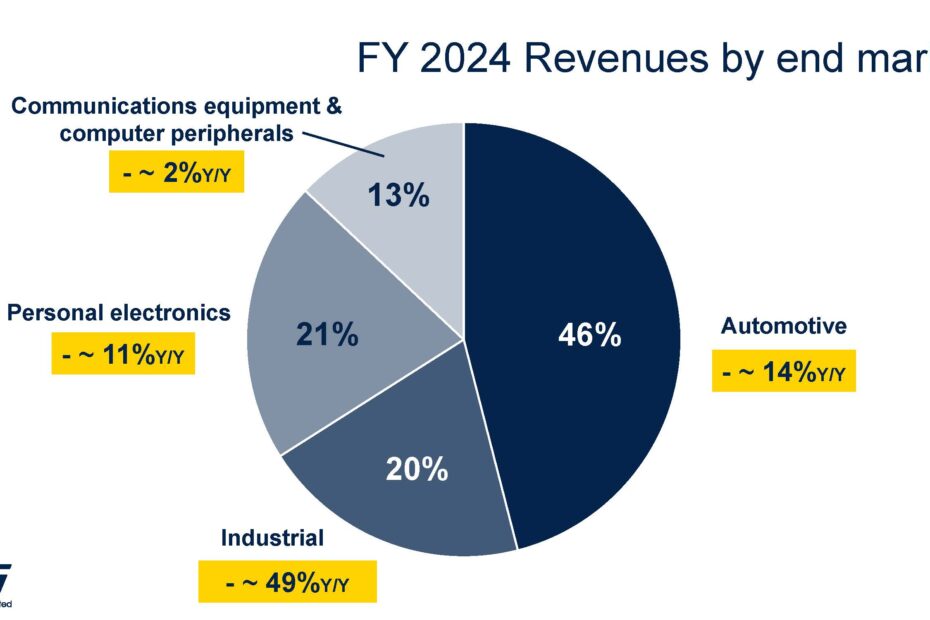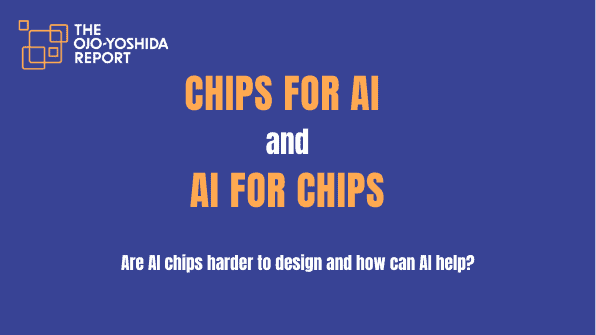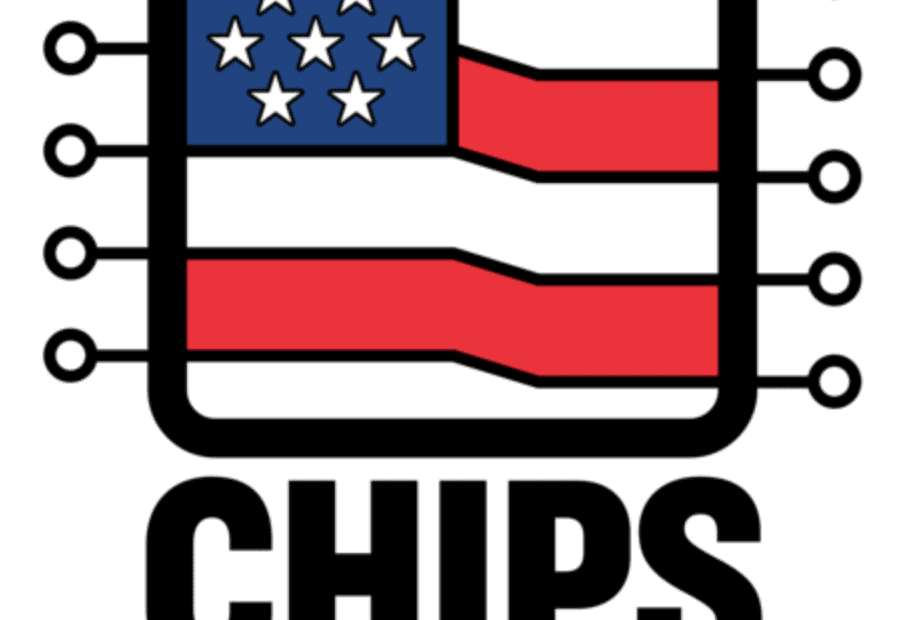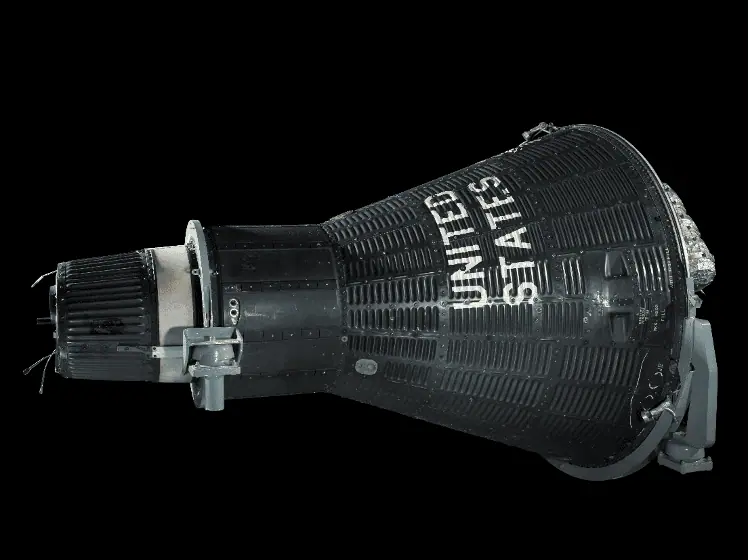ST and the Persistence of a Green Legacy
By Peter Clarke
What’s at Stake:
STMicroelectronics’ persistent focus on sustainability matters because the stakes have never been higher. Once-rare “100-year” weather events now occur with alarming frequency, while global climate policy swings — such as the U.S. repeatedly joining, withdrawing from, and re-joining the Paris Agreement — create uncertainty for businesses trying to plan for a low-carbon future. By staying committed to long-term environmental responsibility despite financial and market fluctuations, ST sets an example of corporate resilience in an era where short-term thinking could have catastrophic consequences.
In November 2000, I attended STMicroelectronics’ traditional customer and media party at the Bayerischer Hof hotel in Munich during the Electronica exhibition. As the evening unfolded, I was unexpectedly offered a 10-minute interview with the company’s CEO, Pasquale Pistorio.
Notebook in hand, I was escorted to an executive suite. There, in subdued lighting, sat the great man. At the time, ST – born from the merger of Italy’s SGS and France’s Thomson – was thriving. The company was led by Pistorio, who was widely recognized as one of the most engaging and affable executives in the semiconductor industry.
On this occasion, however, Pistorio was in an uncharacteristically sombre mood. Surprisingly, rather than discussing technology, products, or ST’s impressive business growth, Pistorio wanted to talk about something different. It was a topic rarely reported on: Sustainability.
Read More »ST and the Persistence of a Green Legacy









